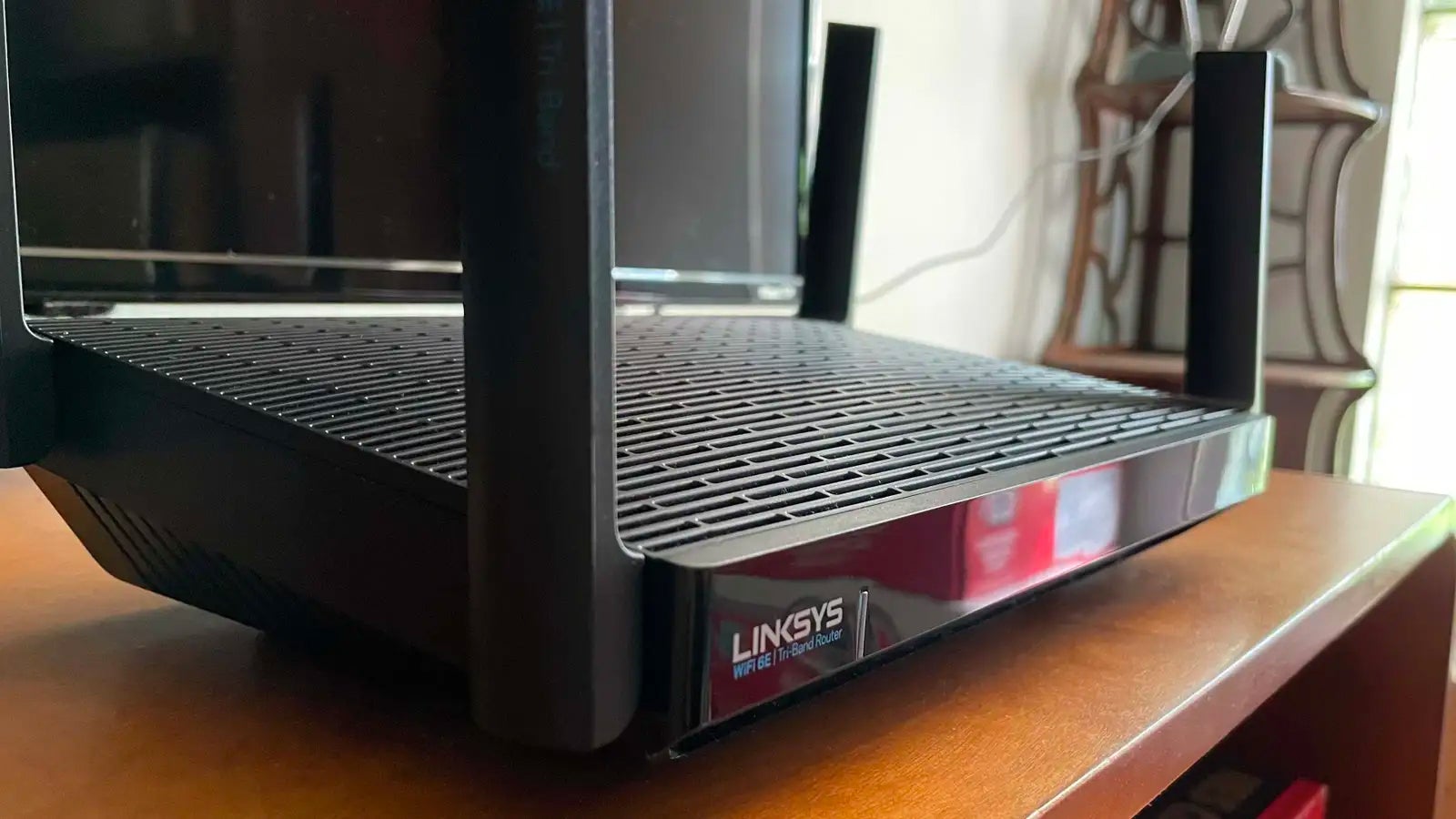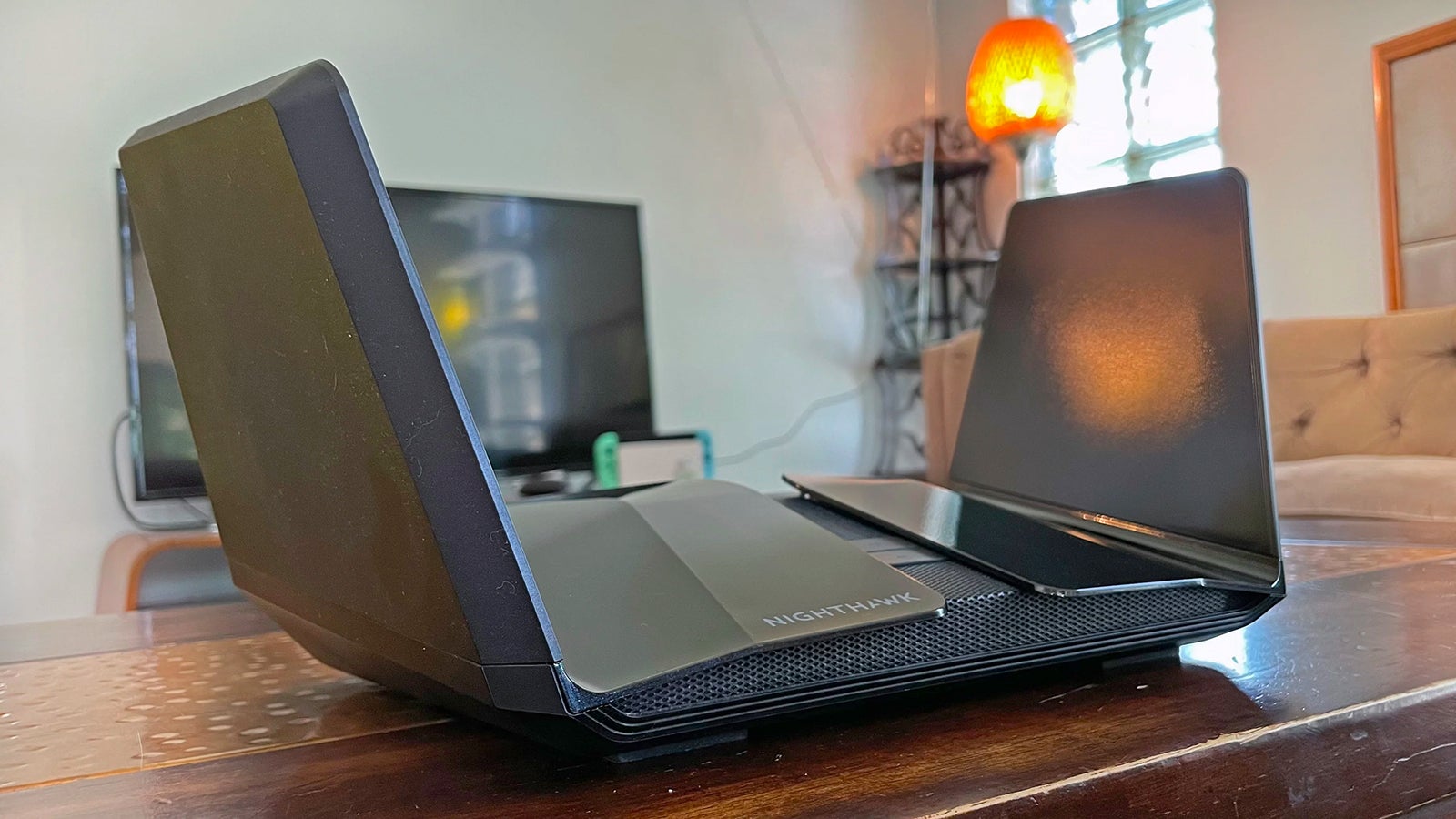First you had to learn the deal with Wi-Fi 6, and now Wi-Fi 6E devices are incoming. Well, buckle up: Wi-Fi 7 is upon us. Here’s what you can expect from the next-gen wireless connectivity standard, and when it might start appearing in gadgets you can actually buy.
As you’ve probably guessed, first and foremost Wi-Fi 7 is a speed upgrade, so hardware supporting the standard is going to be able to shuttle data through the air at a faster rate than ever. Technically, we’re talking about IEEE 802.11be Extremely High Throughput (EHT), with the official Wi-Fi 7 moniker expected to be announced in the near future.
In a paper from the IEEE — which is worth reading for a more technical dive into Wi-Fi 7 — the standard is described as promising not just faster speeds and more bandwidth, but also “many more revolutionary changes to Wi-Fi, which will form a basement for further Wi-Fi evolution.” MediaTek, meanwhile, is promising that the standard will be a realistic replacement for wired Ethernet connections.
What Wi-Fi 7 Will Mean for You
Until the standard is actually embedded into gadgets, some of these specs that we’re going to talk about are subject to change, but they should give you an idea of where wifi is heading. The short summary for consumers is that more devices will have access to faster speeds for more of the time.
Like Wi-Fi 6E, Wi-Fi 7 is going to operate on the 2.4 GHz, 5 GHz, and 6 GHz frequency bands, supporting a transmission rate up to a huge 30 Gbps. That’s quite a jump from the maximum of 9.6 Gbps that Wi-Fi 6E promises, though as usual it’s worth bearing in mind that these are theoretical rates, not ones you’re likely to get at home.

Wi-Fi 7 uses plenty of tricks to improve performance. One is the use of 320 MHz single channel bandwidth, up from 160 MHz — this essentially means increased speed and throughput for your devices. Coupled with the adoption of 6 GHz, there should be less interference between gadgets as well, which is important with so many phones, tablets, laptops, consoles, smartwatches, smart speakers, etc. trying to connect at the same time.
Another key wifi spec is latency, and again there are improvements planned here. Wi-Fi 7 will deploy a variety of techniques to make sure more data requests can be served up with virtually no delay. One of those is Multi-Link Operation (MLO), which introduces a better way for devices to keep multiple online connections across multiple bands active at the same time.
The technology known as MU-MIMO (Multi-User, Multiple-Input, Multiple-Output) plays a role here as well: The maximum number of supported spatial streams for client devices is going up from eight to 16, which again is about fitting more capacity into a smaller space.
Many of the boosts that Wi-Fi 7 brings — to Time-Sensitive Networking (TSN), to Quadrature Amplitude Modulation (QAM), and to Orthogonal Frequency-Division Multiple Access (OFDMA), for example — require a lot of technical knowledge to understand, but they all help data get shifted faster, to more devices simultaneously, in a more efficient way.

The aim is to serve the needs of modern-day internet users who spend lots of time streaming video, making video calls, gaming online, dabbling in virtual reality and augmented reality, and of course attempting to hook up dozens of devices to the same wireless router in a corner of the home.
Coordination between access points is set to get better with Wi-Fi 7 too, so that the mesh networks that have now become common in larger properties will be able to manage data and devices more efficiently — the idea being that if you’ll be able to get more of your devices connected to faster internet speeds for more of the time, even if they’re frequently moving around.
What Wi-Fi 7 can’t do, of course, is improve the internet speeds coming into the place where you live, and until broadband provision improves across the board, these enhanced wifi technologies aren’t going to be all that noticeable. It’s likely that business and industry use will drive the adoption of Wi-Fi 7 to begin with, so you might notice it first while you’re travelling — if you’re not already hooked up to 5G, that is.
It might be a while before we see any devices with Wi-Fi 7 built in. While years of work have already been done on the spec, it might not make its official debut before the end of this year, and consumer hardware is going to be some way beyond that. In other words, you don’t need to worry about your brand new Wi-Fi 6 or Wi-Fi 6E router being out of date anytime soon.
As usual, Wi-Fi 7 devices will be backwards compatible: They will work with all your older gear, though of course without all the benefits and the speed increases that Wi-Fi 7 brings with it. You’ll be able to upgrade your home setup one gadget at a time rather than changing everything at the same time.
This article has been updated since it was first published.
